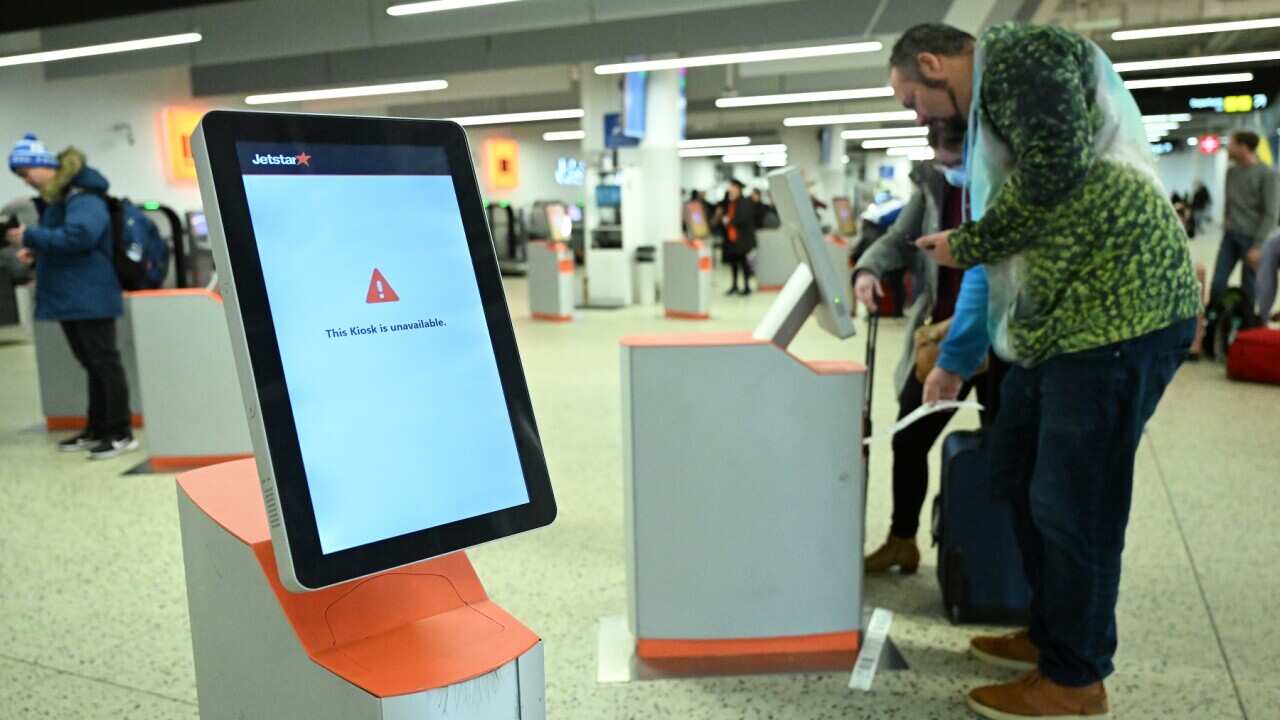TRANSCRIPT
Historians say silverware recovered from a 1629 shipwreck off the coast of Western Australia has revealed the misguided view of Indians held by Europeans at that time.
The ship named Batavia, with over 340 passengers aboard, met its demise in the Houtman Abrolhos islands off the coast of Western Australia in 1629.
In the 1970s, a team of maritime archaeologists from the Western Australian Museum examined the wreck, uncovering artefacts, including silverware.
Head of Maritime Heritage at the Western Australian Museum, Corioli Souter, says those items, now part of the museum's collection, were among the cargo destined for export to India.
"The Dutch pioneered a shorter Southern Indian ocean route called Brewer's Route in 1610 that enabled them to leave Texel travel around to the Cape of Good Hope, and then catch what they called the roaring forties, which are strong Westerly winds between about 40 and 50 degrees south going up towards the East Indies instead of hugging the east coast of Africa. The trouble with that was that they didn't actually understand longitude at this point. This didn't happen to a couple of centuries later, and so they managed to turn north by a process of dead reckoning, which is just a good guess. So often they would overshoot, and that's how they ended up wrecking on our shorelines."
Crafted specifically for trade with the Mughal court, they were intended to bolster the profitability of Dutch East India Company.
The Dutch East India Company was established in 1602 with the aim of dominating the lucrative spice trade and expanding Dutch commercial interests in Asia.
Jeremy Green, a curator at the WA Museum, examined these artefacts in 1989, marking the first association with trade in India.
Ms Souter says the museum collection includes elaborate silver jars, large dishes, bowls and bedposts.
"Our shipwrecks museum particular comprises artifacts from shipwrecks on the western Australian coast. It was opened in 1980 on the back of excavations of the Dutch East Indiamen that were excavated in the 1970s here in Western Australia. So, we've got four Dutch shipwrecks. They are from fully excavated shipwrecks as well, enabling us to recover material archeologically and record the sites as we go. So this museum is very much the output of all those excavations and the materials on display here relate to the sites and the stories."
In 2019 Professor Arvi Wattel, an art historian and researcher at the University of Western Australia, became involved in a new project focused on these objects.
It aimed to examine the engravings and depictions on the objects - finding they reaffirmed their strong Indian connection.
The objects found were commissioned by the Batavia's commander, Francisco Pelsaert, who had previously been stationed in India for seven years by the Dutch East India Company and was knowledgeable about the region.
Professor Wattel says the silverware offers valuable insights into the 17th century, when Commander Pelsaert aimed to create products which would appeal to the Mughals in India.
"He orders these Amsterdam silversmith to create objects that are in common use in India, but also have an Indian form and also an iconography. So, the Amsterdam silversmith are trying to create a product that basically looks like Indian products, and they completely fail in that aim, I suppose. But they are really trying to create a cultural product that would appeal to the Indian buyers."
The items excavated from the shipwreck are estimated to be worth around $10 million today.
Professor Wattel says he views the items as trans-cultural objects, crafted by Europeans for Indians.
"I think for Indian people, it is quite interesting to see how in the early 17th century Dutch and Europeans are receiving Indian culture, and so this is a visualization of Indian culture for a European audience. But these are Europeans who are trying to recreate an authentic impression of Indian culture for an Indian audience, that would be really quite interesting for Indian historians as well."
The items are showcased on the WA Museum's website, where visitors can view them along with the accompanying stories.





